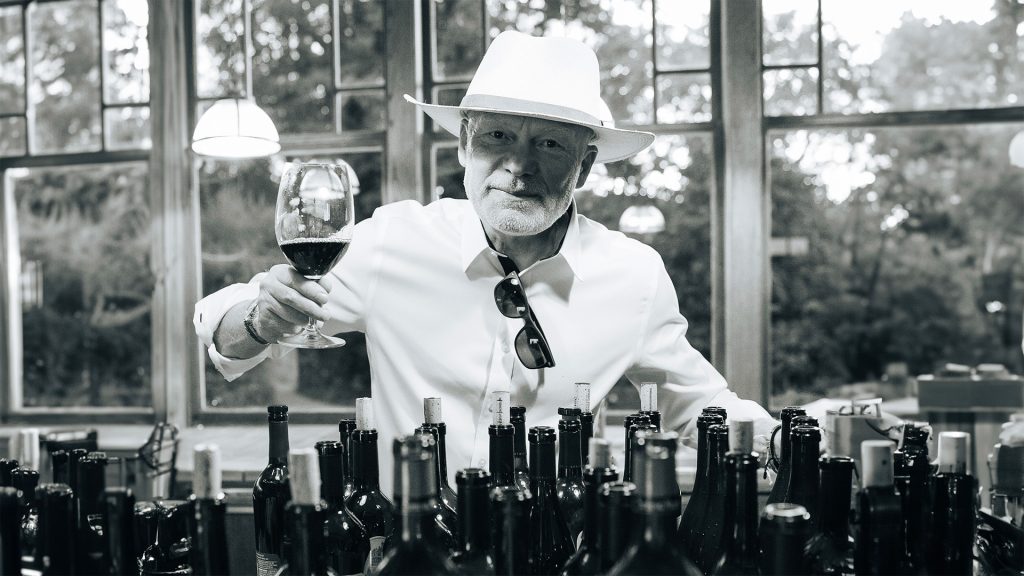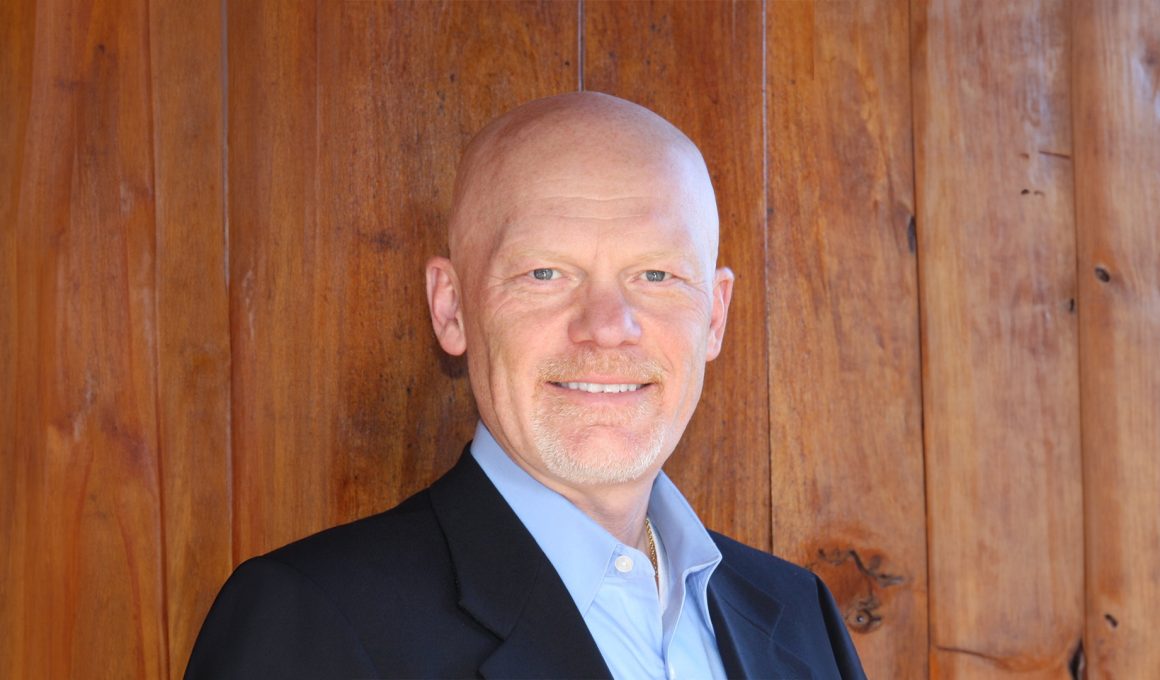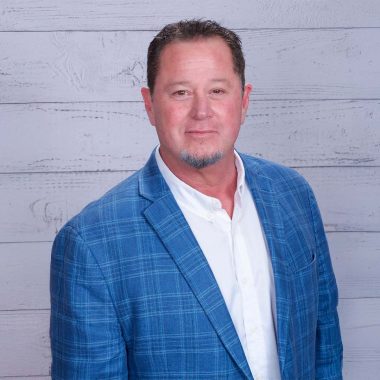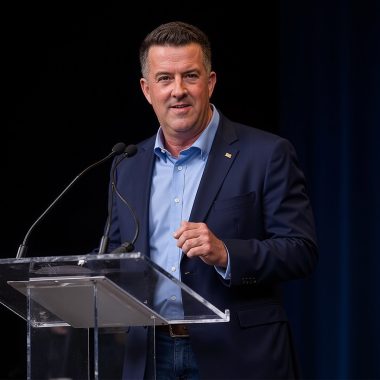Rebuilding a vineyard from the ground up requires more than just financial resources. It demands patience, discipline, and a clear vision that everyone can rally behind. For Peter Ekman, CEO of Spring Mountain Vineyard, this challenge became reality after the 2020 Glass Fire destroyed the property. His approach to reconstruction offers insights into strategic leadership, particularly when tradition meets modern business demands.
Building Clear Team Alignment
Ekman’s approach to leadership has evolved over his 40 year career. Early on, he tried doing everything himself. Now he focuses on something different: making sure everyone knows exactly what they’re supposed to do. “It’s very important that you have a clear strategy for your brand or your company and make sure that strategy is communicated and anchored with your board or the financial partners or the owners,” he says. The wine industry adds extra complexity. It’s highly regulated, steeped in tradition, and nothing moves fast. You can’t just import strategies from consumer goods or technology and expect them to work. Once Ekman gets alignment with stakeholders on strategy, he turns his attention to building an organization that can actually execute. “My role is to make sure that the organization have all the means and resources they need to actually execute on this strategy,” he notes.
Focusing on Selective Wine Placement
Wine might be the most crowded consumer market out there. Ekman heard from someone in the industry that over 300,000 different labels are in distribution across the United States on any given day. Traditional marketing becomes nearly useless in that environment. So Spring Mountain Vineyard takes a different route entirely. “We are not looking to have any massive distribution. We are focusing on small production and quality. Everything we do, whether it’s the wine or any services, it’s about creating 100 point value,” he explains. That means placing wines in Michelin star restaurants and creating experiences at the property that people remember. Skilled sommeliers take visitors through the mountain’s historical buildings and villas. The brand grows slowly, deliberately, reaching only the consumers Ekman thinks will appreciate what they’re doing. “I build the brand by getting it in front of the right consumers at the right restaurants and getting visitors to the winery who I think will understand what we’re doing and appreciate the wines we are making,” he says. It can’t be done fast, but must be done right.

Navigating Strategic Choices Effectively
Building a clear strategy sounds straightforward until you actually try to do it. “When you build the strategy, it’s a lot of choices. The choices of what to do are probably 1% and then you have all the other 99% options you could pursue, which you then carefully need to say no to,” he observes. Most companies struggle because they lack that discipline. They can’t say no enough. For Spring Mountain Vineyard, saying no means avoiding everything that doesn’t fit the vision. No mass distribution. No competing in grocery store wine aisles. “With Spring Mountain Vineyard, we have chosen to stay out of that. We don’t want to be involved with it whatsoever,” Ekman states. The focus stays narrow: small production, high quality, meaningful experiences.
Delivering Memorable Consumer Experiences
He sees consumer expectations shifting. People want more than just a bottle of wine. “People want to have an experience and a relationship with the wines they drink,” he notes. There’s passion involved that other consumer products don’t touch. “The experience you have with our products is so personal. You share it. Literally, you put it inside your body, and share it with your friends. There is a lot of passion around wine, and a wine brand needs to support that,” Ekman explains. The best way to do that? Bring consumers to the property. Let them see, taste, and feel what makes the wine special.
Ekman has built a career taking on difficult projects with financial partners. All of them turned out successful, but they required what he calls “very firm hands and a very disciplined approach.” He’s turned around major e-commerce companies and wineries in the wine industry and started others from scratch. “I’ve been recognized for making the impossible possible, not only in the wine industry,” he reflects. Spring Mountain Vineyard represents another challenge in that pattern. The difference this time is the timeline. Eight years from planting to bottle means patience from everyone involved. But Ekman’s track record suggests he knows how to make impossible projects work.
Connect with Peter Ekman on LinkedIn to learn more about his leadership approach.








